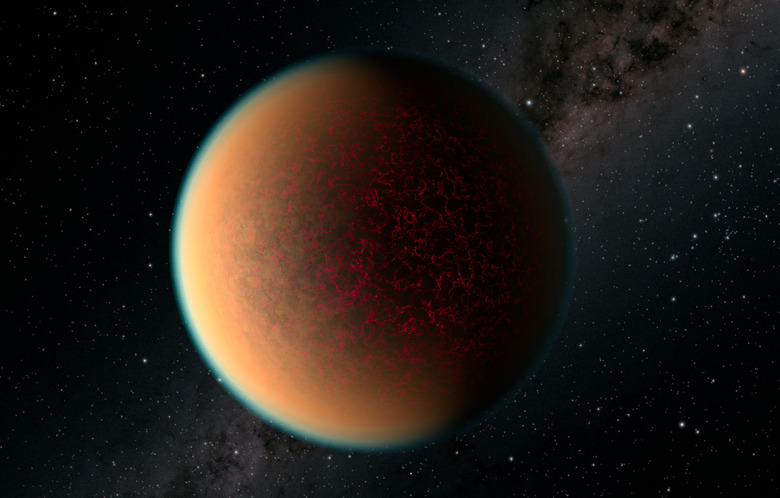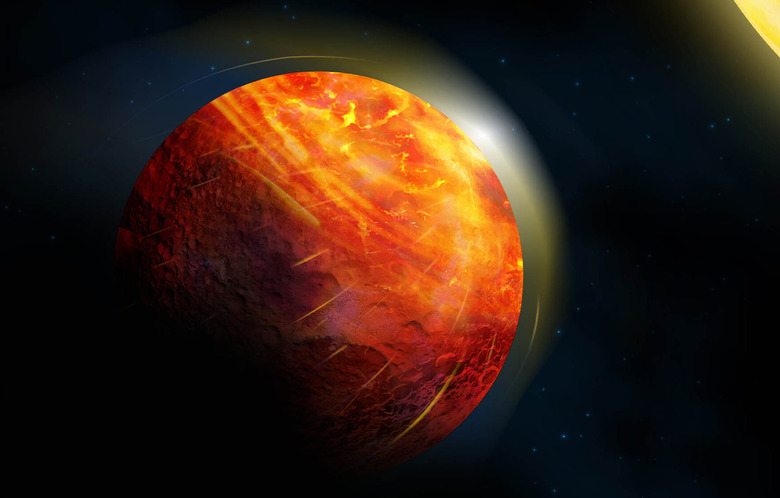The Atmosphere Of This Uninhabitable Exoplanet Is Eerily Similar To Earth
New data found by researching one of the most extreme exoplanets we know of could help us understand the complex atmospheric layers of others, including Earth-like planets.
According to a media release, a group of researchers has peered into the atmosphere of one of the most extreme planets. This exoplanet in question is WASP-189b. Researchers say it is a hot, Jupiter-like planet. The planet was first scrutinized using the CHEOPS space telescope. Now, researchers have discovered that WASP-189b has an atmosphere very similar to the Earth's.
This exoplanet’s atmospheric layers could help us find more planets in the future
The research team, which consists of people from the University of Bern and the University of Geneva, recently analyzed WASP-189b's atmosphere. Researchers from the National Centre of Competence in Research (NCCRs) PlanetS also joined in. The team discovered that the exoplanet's atmosphere was very similar to the Earth's. Instead of only being one layer, as many believed before, the atmosphere was made of distinct 3D layers.
In-depth research into the exoplanet's atmospheric layers was published in the journal Nature Astronomy. During their study, the team found that the planet featured an atmospheric layer very similar to the Earth's Ozone layer.
"We measured the light coming from the planet's host star and passing through the planet's atmosphere," Bibiana Prinoth said in a media statement. "The gases in its atmosphere absorb some of the starlight, similar to Ozone absorbing some of the sunlight in the Earth's atmosphere". Prinoth is the lead author of the study and a doctoral student at Lund University.
Prinoth says that the starlight then leaves a "fingerprint" behind. The researchers were able to study it using the HARPS spectrograph at the La Silla Observatory. They found that the gases left in the exoplanet's atmospheric layers included iron, vanadium, chromium, manganese, and magnesium.
What it all means
Seeing an "Ozone layer" on a planet as hot as WASP-189b is surprising. After all, this planet is 20 times closer to its host star than the Earth is to the Sun. Because of how close it is, the planet experiences daytime temperatures as hot as 3,200 degrees Celsius. For comparison, Mercury, the planet closest to our Sun, only reaches temperatures of 430 degrees Celsius during the day.
This new information debunks old beliefs that exoplanet atmospheres were a uniform layer. Using the new data, researchers hope they can understand the atmospheres of exoplanets better. Additionally, they hope it will provide new knowledge about Earth-like exoplanets, too. That would include a better understanding of how those exoplanet's atmospheric layers work. Unfortunately, many believe this requires innovation in data analysis techniques, as well as computer modeling and atmospheric theory.


